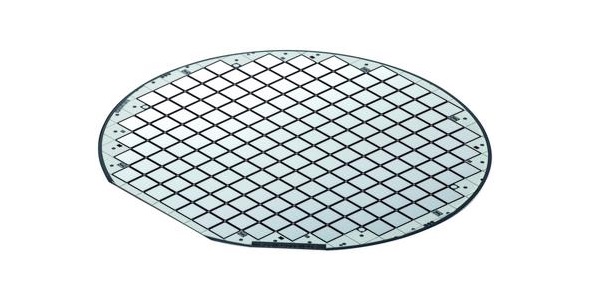Single-Pixel PbSe Near-IR Detector
Single-Pixel PbSe Near-IR Detector

Description
A single-pixel PbSe (lead selenide) near-IR detector is a type of photodetector that is sensitive to near-infrared (NIR) radiation. PbSe detectors are similar to PbS detectors, but they are made of lead selenide instead of lead sulfide.
Like PbS detectors, PbSe detectors work by absorbing NIR radiation, which causes electrons in the lead selenide layer to be excited to a higher energy state, resulting in the generation of a photocurrent. The magnitude of the photocurrent is proportional to the intensity of the incident radiation, allowing the detector to measure the amount of NIR radiation present.
Single-pixel PbSe near-IR detectors offer several advantages over PbS detectors, including higher sensitivity and a wider spectral response range. PbSe detectors are also relatively inexpensive and can be used in a variety of applications such as gas detection, medical imaging, and spectroscopy.
However, PbSe detectors also have some disadvantages. They are more sensitive to temperature fluctuations than PbS detectors, which can affect their performance. Additionally, they require higher bias voltages to operate, which can increase the noise level.
Electrical and optical characteristics
| Active area [mm x mm] | Peak responsivity [V/W] | |
| Typ. | Min. | |
| 1 x 1 | 4.5 ∙ 104 | 5.6 ∙ 104 |
| 2 x 2 | 4 ∙ 104 | 2.8 ∙ 104 |
| 3 x 3 | 1.5 ∙ 104 | 8 ∙ 103 |
| 6 x 6 | 8 ∙ 103 | 4 ∙ 103 |
| Element temperature [°C] | Peak wavelength λP [µm] | 20% cut-off wavelength λC [µm] | Peak (620 Hz, 1 Hz)[cm·Hz½/W] | Time constant [µs] | Dark resistance RD [MΩ] | |
| Typ. | Typ. | Typ. | Min. | Typ. | ||
| 22 | 3.8 | 4.5 | 1.8∙1010 | 1.2∙1010 | 4 | 0.1 - 3 |
Order Form
About Semiconductor Electronics
SEMI EL project is a global supplier of materials, equipment, spare parts and supplies for the semiconductor industry.
Get In Touch
Email: info@semi-el.com

